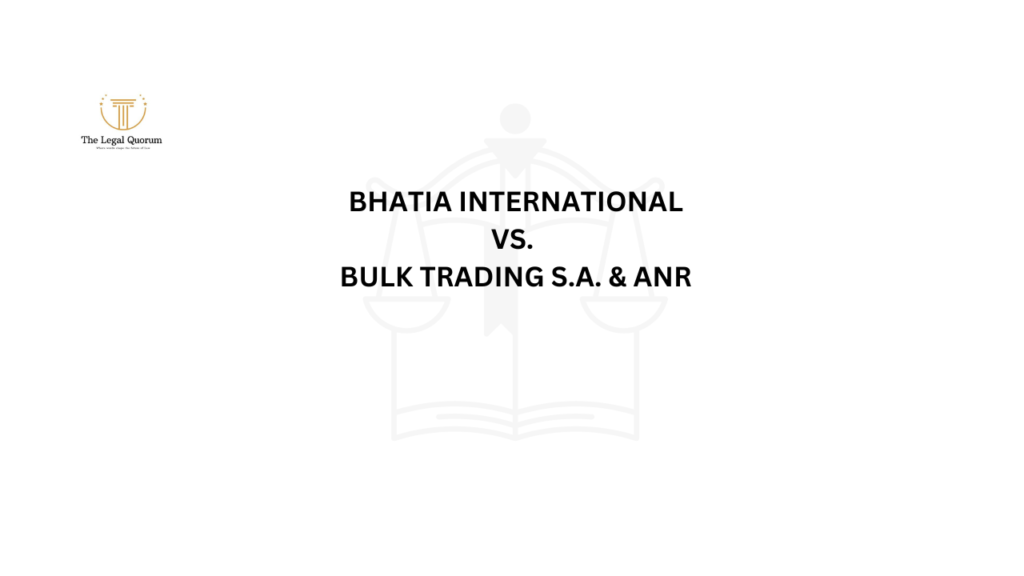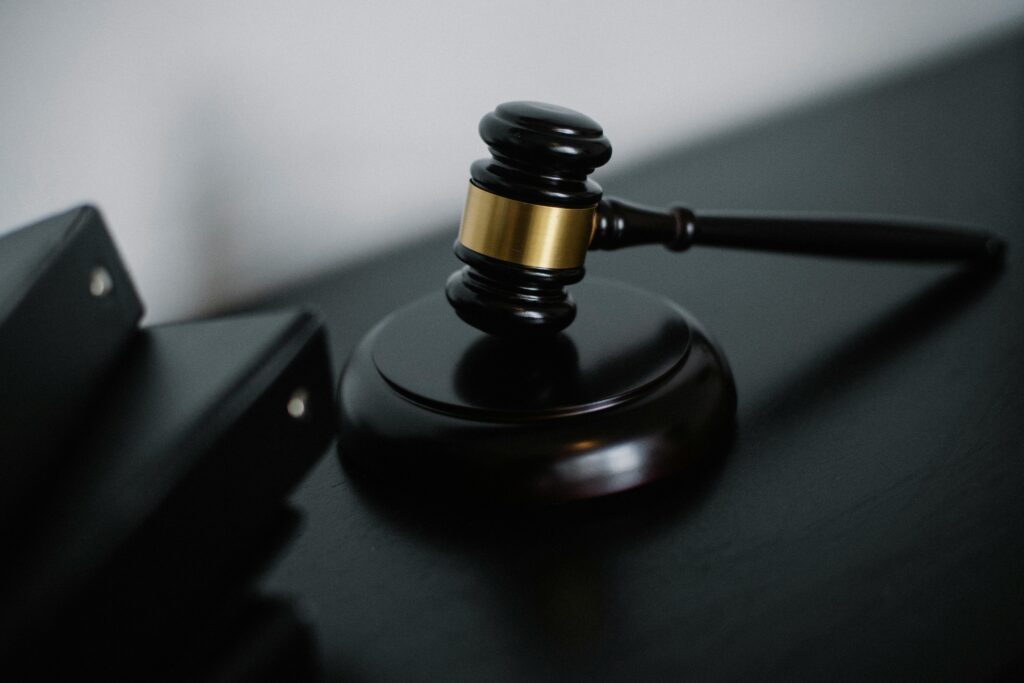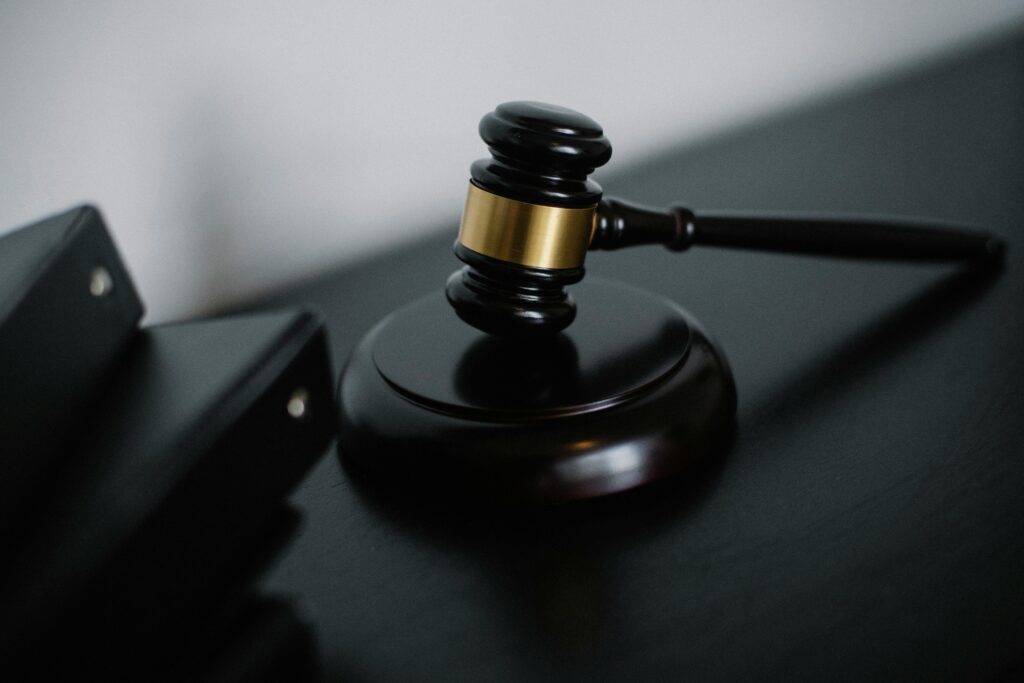Published on: 25th October 2025
Authored by: Tithi Adhikary
Madhusudan Law University
This case represents one of the most significant pronouncements of the Supreme Court of India in the field of matrimonial maintenance. The title itself signals the adversarial nature of the dispute, which was not only between two individuals but also served as a vehicle for the Court to address recurring problems of maintenance law in India. By placing the names of the husband and wife in the title, the case underscores the deeply personal context in which larger questions of constitutional rights, procedural discipline, and social justice were examined.
Citation
Criminal Appeal No 730 of 2020 (Supreme Court of India, 4 November 2020)The citation identifies the appellate number and the year of decision, which helps researchers locate the official text of the judgment in law reports or online databases. The case was decided during a period when Indian courts were increasingly attentive to concerns about gender justice and the speedy trial, adding further significance to the year and context of the ruling.
Court
Supreme Court of India.
As the apex judicial authority under the Constitution of India, the Supreme Court functions both as a court of law and a court of equity. Its decisions set binding precedents across the country, making this judgment authoritative on all subordinate courts and High Courts when dealing with maintenance matters.
Bench
Indu Malhotra, J. and R. Subhash Reddy, J.
Justice Indu Malhotra, known for her clarity of reasoning and sensitivity to issues of gender justice, delivered the opinion along with Justice R. Subhash Reddy. The composition of the Bench is noteworthy because Justice Malhotra was one of the few women on the Supreme Court at the time, adding a nuanced perspective to a case centered on spousal support.
Date of Judgment
November 4, 2020.
The decision came at a time when courts were adapting to the challenges of the COVID-19 pandemic. Despite logistical hurdles, the Supreme Court used this case to introduce structural reforms in maintenance law, illustrating how the judiciary can innovate even under extraordinary circumstances.
Relevant Statutes / Key Provisions
- Section 125, Code of Criminal Procedure, 1973 (CrPC) – Provides a speedy, summary remedy for wives, children, and parents who are unable to maintain themselves.
• Sections 24 & 25, Hindu Marriage Act, 1955 (HMA) – Allow for interim and permanent maintenance during matrimonial proceedings.
• Section 20, Protection of Women from Domestic Violence Act, 2005 (DV Act) – Enables monetary relief to victims of domestic violence.
• Hindu Adoptions and Maintenance Act, 1956 (HAMA) – Recognizes a wife’s right to be maintained by her husband.
• Articles 15(3), 21, and 39 of the Constitution of India – Provide the constitutional framework for gender equality, right to life with dignity, and directive principles supporting family welfare.
The interplay of these provisions reflects the multi-layered maintenance regime in India, where civil and criminal remedies coexist, sometimes creating confusion and overlapping claims.
Brief Facts
Rajnesh (husband) and Neha (wife) married and had a child. Following marital discord and eventual separation, Neha initiated proceedings under Section 125 CrPC, alleging neglect and failure to provide financial support. The Trial Court granted interim maintenance for Neha and their minor child. Rajnesh challenged this order, asserting that Neha was financially independent and that simultaneous claims under various statutes such as the HMA and DV Act, created unfairness.
Over the years, the litigation became emblematic of the systemic delays and procedural inconsistencies plaguing maintenance cases. Multiple applications and counter-applications were filed across different forums, each requiring separate financial assessments and orders. The dispute eventually reached the Supreme Court, providing an opportunity for the Court to lay down comprehensive guidelines to harmonize maintenance law.
Issues Involved
- Can overlapping claims for maintenance under the CrPC, HMA, and DV Act be harmonized to prevent conflicting orders and duplication of awards?
2. Should courts mandate both spouses to file detailed financial disclosures, including income, assets, liabilities, and lifestyle, to enable accurate determination of maintenance?
3. Is it necessary to fix statutory or judicial timelines for disposing of maintenance applications to prevent prolonged hardship to dependents?
4. What objective criteria should guide the calculation of maintenance quantum, considering factors like social status, cost of living, earning capacity, and needs of children?
5. What enforcement mechanisms should courts adopt to ensure compliance with maintenance orders and deter non-payment?
Arguments
Petitioner (Rajnesh):
• Claimed financial incapacity and unemployment, contending that he lacked sufficient assets to comply with the interim order.
• Alleged that Neha was financially independent and capable of self-support.
• Criticized the multiplicity of maintenance proceedings under different statutes as leading to unfair overlapping awards and unnecessary litigation.
Respondent (Neha):
• Emphasized the rising costs of living and the inadequacy of the interim maintenance granted by the Trial Court.
• Accused Rajnesh of concealing income and assets, thereby frustrating the purpose of maintenance laws.
• Highlighted repeated instances of non-compliance and prolonged litigation that undermined her right to live with dignity.
Judgment
The Supreme Court issued a transformative judgment aimed at bringing clarity, efficiency, and fairness to maintenance proceedings. The key directions included:
• Mandatory Financial Disclosure: Both parties must submit detailed affidavits of income, assets, liabilities, and expenditures supported by documentary evidence. This requirement seeks to eliminate concealment and provide a factual basis for determining maintenance.
• Timelines for Disposal: Maintenance applications should, as far as possible, be decided within 60 days from the date of service of notice, recognizing that delay defeats the very object of maintenance.
• Criteria for Quantum: Courts must evaluate factors such as the social and economic status of the parties, reasonable needs of the claimant, earning capacity of the spouse, liabilities, age, health, and educational needs of dependent children.
• Prevention of Double Maintenance: Parties must disclose any existing maintenance orders from parallel proceedings to avoid duplication and conflicting judgments.
• Enforcement Mechanisms: Courts were empowered to adopt coercive measures such as attachment of salary or property, contempt proceedings, and penalties for perjury or deliberate concealment.
The Court emphasized that these guidelines were not merely procedural but aimed at realizing the constitutional goal of securing a life of dignity for dependent spouses and children.
Ratio Decidendi
Maintenance proceedings must be decided expeditiously based on transparent financial disclosure by both parties. Awards granted under one statute must be considered in any subsequent proceedings to avoid overlapping orders. These measures are necessary to uphold the constitutional right to live with dignity under Article 21 and to ensure equality under Article 14.
Obiter Dicta
- Maintenance is a measure of social justice and a fundamental duty of the economically stronger spouse. It is not an act of charity but a legal obligation.
• The legal system must adapt to the changing dynamics of family structures and economic realities, ensuring that dependent spouses and children are not left destitute due to procedural delays or manipulations.
• Courts should be vigilant against the misuse of maintenance provisions while also preventing economic abuse by withholding spouses.
Final Decision
The Supreme Court upheld the grant of maintenance to Neha and her child while framing uniform guidelines for all courts dealing with maintenance claims. These directions aim to minimize multiplicity of litigation, ensure timely relief, and strengthen enforcement mechanisms. Although the Court’s timelines are directory rather than mandatory, the decision serves as a strong reminder to lower courts of their duty to prioritize maintenance matters.
By harmonizing disparate statutory provisions and linking maintenance to fundamental constitutional values, the judgment represents a significant step toward achieving gender justice and social security in India. Its practical success, however, depends on strict judicial implementation and potential legislative reforms to incorporate formula-based quantum determinations and stronger penalties for non-compliance.




